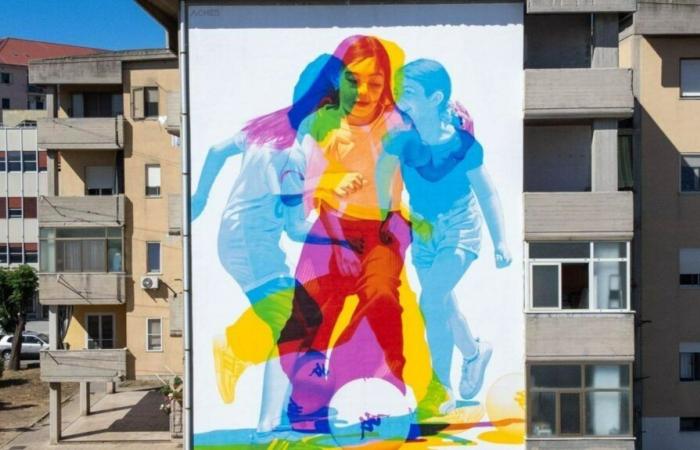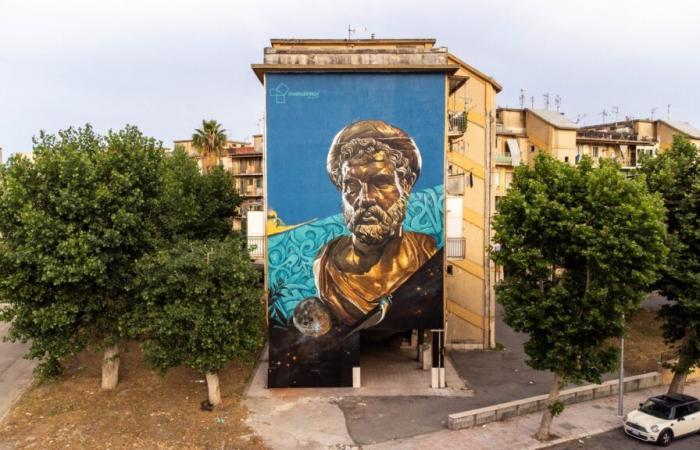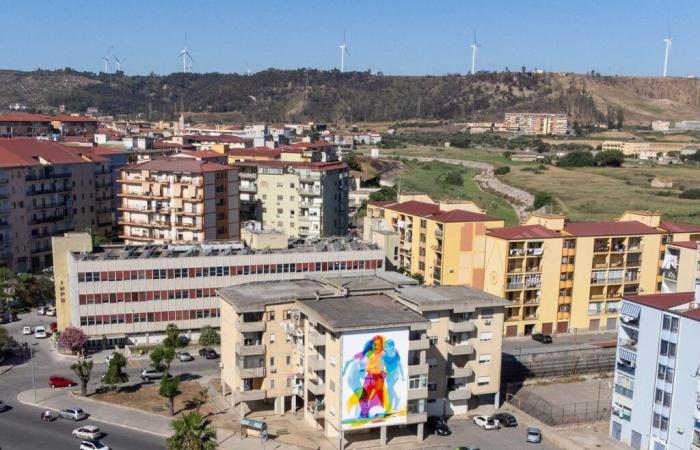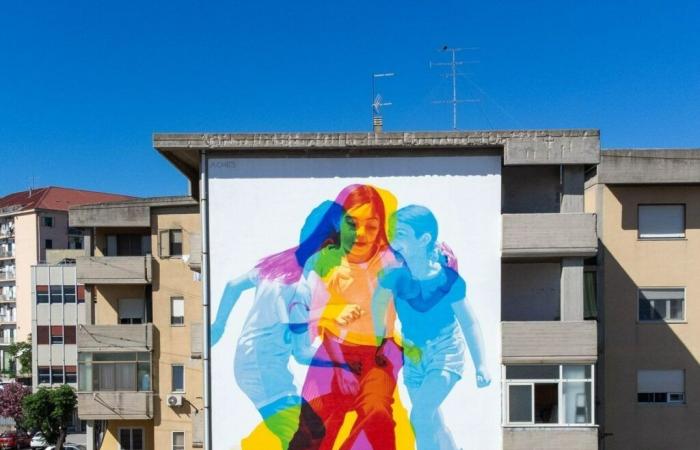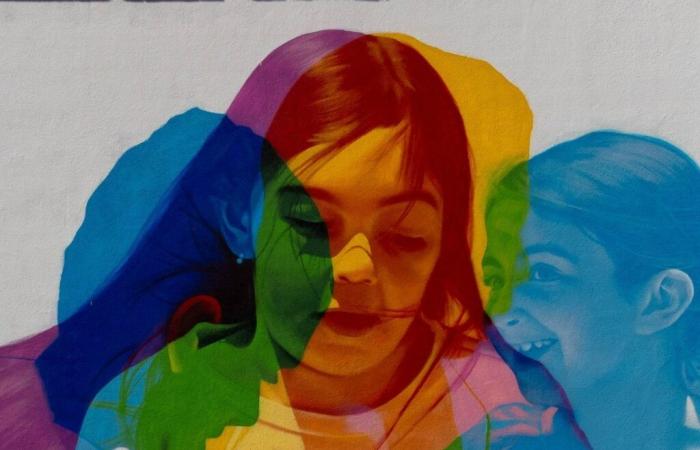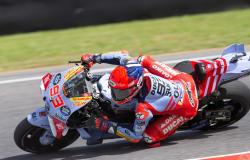Nestled on the Ionian coast of Calabria, Crotone boasts a thousand-year history that has its roots in second half of the 8th century BC Founded by settlers from Achaea, a mountainous region of Greece, Crotone quickly flourished becoming one of most important polis of Magna Graecia.
Its rise was favored by a strategic position on the trade route between Greece and Sicily, by a fertile territory and a favorable climate. But what made Crotone truly special was the presence of Pythagorasthe famous philosopher and mathematician, who founded his school there around 530 BC
Under the guidance of Pythagoras, Crotone became a center of culture and knowledge, where philosophy, mathematics, music and astronomy were studied. His influence spread throughout Greece and beyond, leaving an indelible mark on the history of Western thought.
Today, they remain of that ancient power fascinating testimoniessuch as the archaeological site where you can admire the remains of the ancient city, including the walls, the agora, the theater and the temple of Apollo or the archaeological area of Capo Lacinium, located about 10 km from Crotone, near which is the only surviving column of the Temple of Hera Laciniaa grandiose sanctuary dedicated to the goddess Hera.
A new face for the ancient city
Crotone does not live only on its glorious past. The city is the protagonist of an ambitious urban regeneration project called KRIU – Krotone Urban Identityan initiative which, through street art, aims to give new life to peripheral neighborhoods such as the 300 Alloggi and the Quartiere Gesù. Four internationally renowned artists – Aches, Kitsune, Kraser and Piet Rodriguez – they have created murals that tell the history of Crotone and the identity of its neighborhoods: they are open-air works of art that dialogue with the past and look to the future.

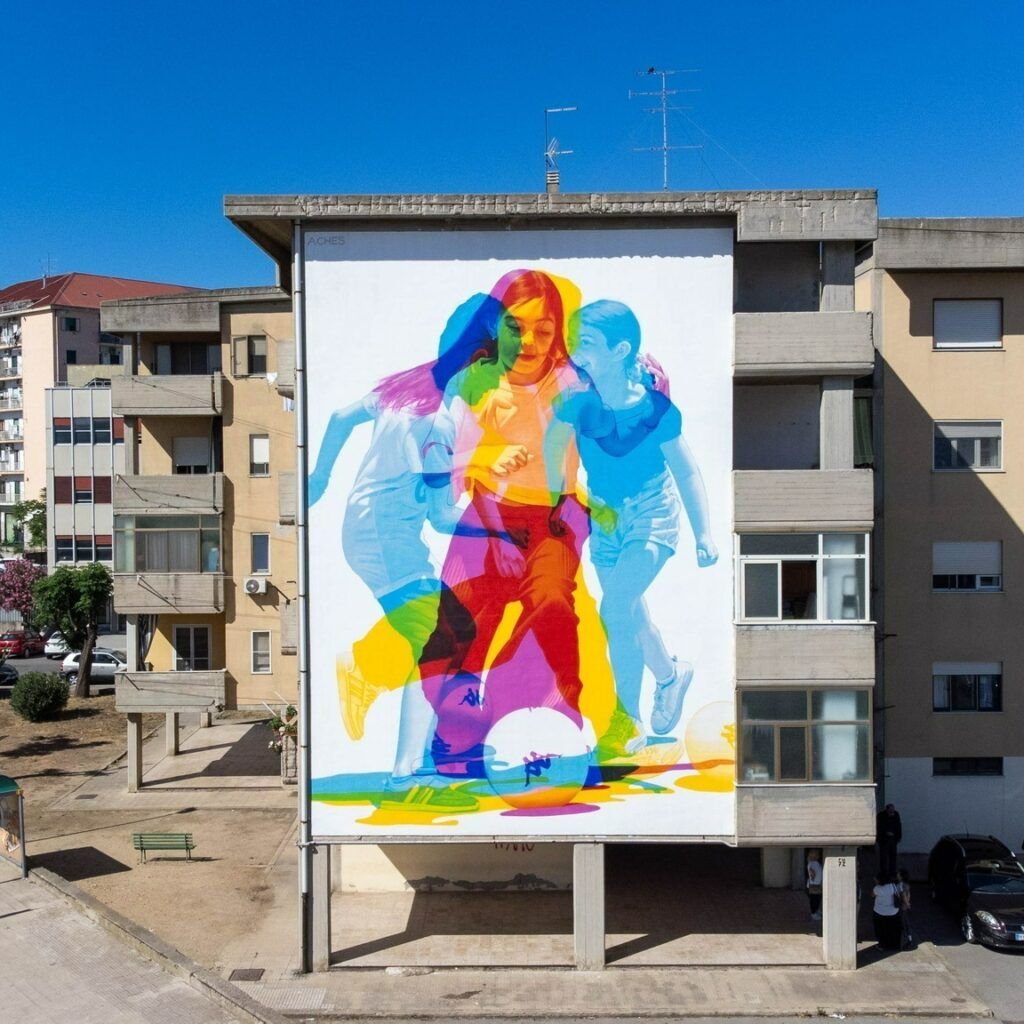
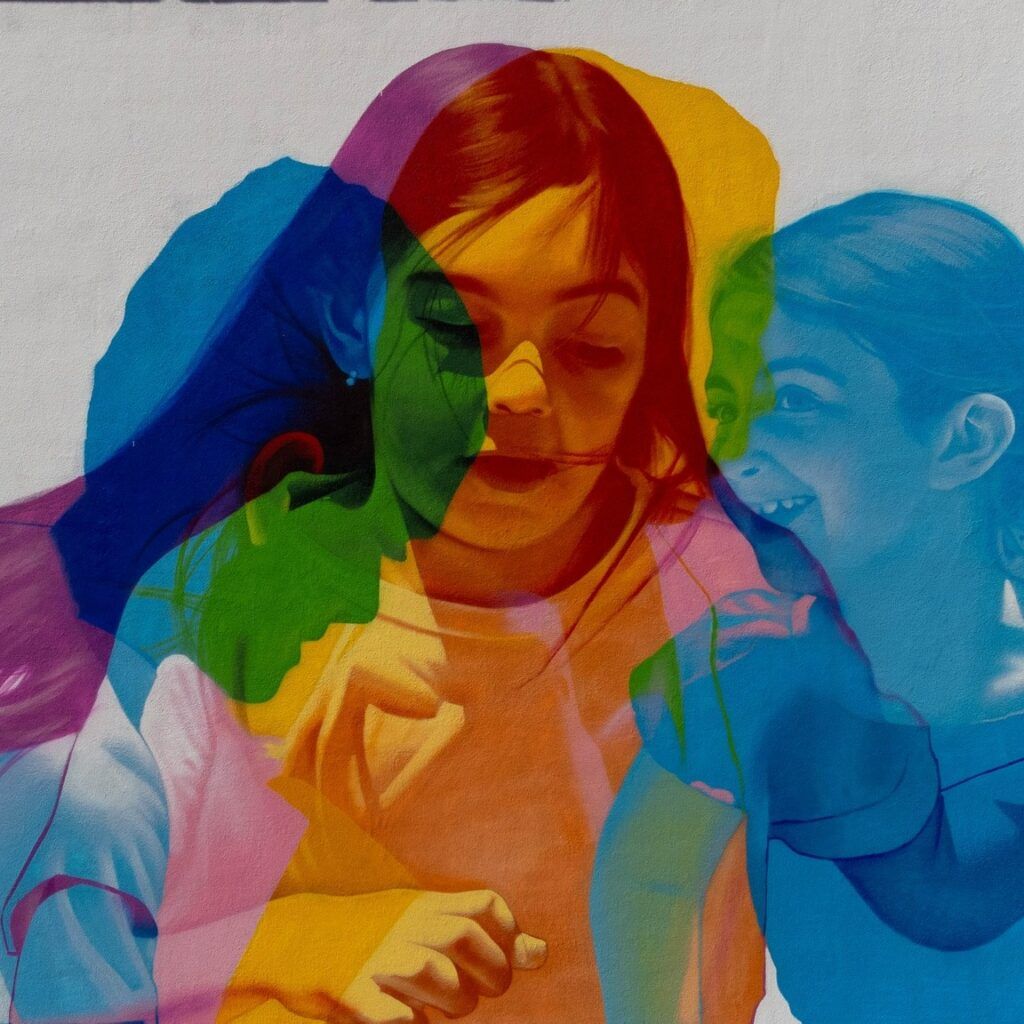
Aches created a work dedicated to sport, involving the inhabitants of the building concerned. Kitsune created a tribute to the South and the territory with his work “Respirare”. Kraser dedicated his mural to Pythagoras, symbol of the city, taking inspiration from the bust exhibited at the archaeological museum of Naples. Finally, Piet Rodriguez reinterpreted in a contemporary key a painting by Jean-Jacques Bachelier which portrays Milo, a famous wrestler and leader from Crotone.
KRIU is not limited to street art. The project, in fact, has organized collateral events such as Back To The Style Calabriawhich saw the participation of over 25 Calabrian street artists and meetings with the artists to create a direct dialogue between art and the public. Crotone is a city that reinvents itself, that looks to the future with creativity and innovation and KRIU is just one example of how urban art can help redevelop spaces and create a new sense of identity for a community.
(Photo: Gulia Urbana)

